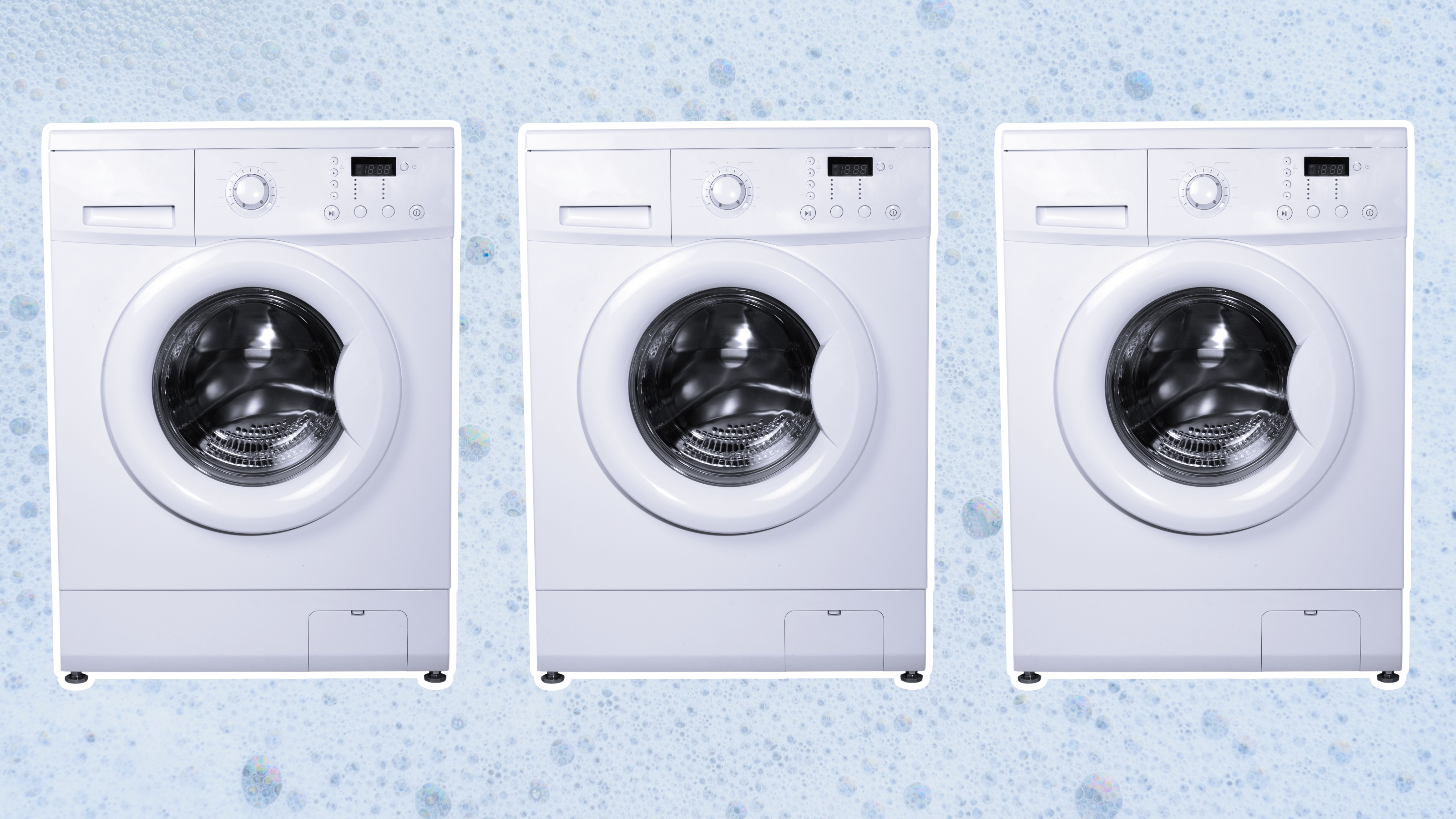

Need to learn how to wash your gym clothes but not sure where to start? Workout clothes, more so than your office attire or day-to-day outfits, are put through the wringer. Built to move with you in your workouts, whether you’re practicing yoga or running on the trail, these clothes see it all.
Since these garments get the most sweat and dirt, they must be properly cared for in order to last. To reverse the buildup, consider tackling a deeper cleaning method to give your clothes a fresh (and good-smelling) start. Dry cleaning isn’t typically an option most of the time, the responsibility is in your hands.
Stocking up on the right laundry room essentials can help keep your clothes lasting longer and stay smelling fresher. With plenty of laundry myths out there, it can be difficult to understand the best way to keep your clothes clean and free of smells and stains. Hold on to your favorite leggings or basketball shorts longer with this how-to guide on how to wash your gym clothes.
Time: 30-60 minutes
Difficulty: Easy
Helpful hints: Before you even get started, find a place for your sweaty items to breathe! This means storing your workout clothes in breathable laundry baskets either made with their air holes or made with mesh. This will allow your sweaty clothing to dry. Another hint is to check each label for fabric type or any care instructions before beginning the wash process. This can be helpful information.
HERE’S WHAT YOU’LL NEED
–Mesh laundry basket (this one from The Container Store is great, another option is this one from Amazon)
–Vinegar
–Laundry detergent (specialized laundry detergent with labels that read “sport” are even better options)
–Washing machine
–Drying rack
STEP 1: SEPERATE YOUR CLOTHING
First things first, separate your workout clothing from the rest of your clothing. It’s better to wash your workout clothing with other similar types in order to avoid damage from either embellished or lint-prone items. For light-colored items (such as tennis whites or bright-colored sports jerseys), separating them from black items (like black leggings) is also important to maintaining a longer lasting color (and less faded black).
STEP 2: EXAMINE YOUR WASHING MACHINE
Not all washing machines are created equally. Older models might use more water and have different types of settings. Whatever era your washing machine is from, it likely has the ideal two settings we need for this project: cold water and delicate (sometimes called gentle). It’s a common misconception that, because our gym clothes might carry more germs, we should wash them in the hottest water. In fact, very hot water can break down exercise clothing fabrics and cause fabric dyes to run.
STEP 3: CAREFULLY MEASURE YOUR DETERGENT
One common laundry myth is that the more detergent you add, the better. In fact, this isn’t the case. Adding extra laundry detergent to a wash can cause white spots to form on fabric, ruining your favorite items. Instead of pouring it all in, measure your detergent. For a typical load of laundry, the likely recommended amount is about 5 liquid ounces for high-efficiency machines (and 1 ounce for traditional washing machines).
STEP 4: SKIP THE FABRIC SOFTENER
This is a “how-to” guide but we’re also here to tell you what to avoid. Adding fabric softener to clothing is akin to using hair conditioner– it works to prevent your fabrics from fading or stretching. However, most workout gear is made with a different type of fabric, mainly synthetics. Using fabric softeners with gym clothes has the potential to eventually destroy these garments.
STEP 5: ADD SOME VINEGAR
Let’s face it, if you’re working hard at the gym, your clothing likely smells like your work out. Instead of keeping that lingering smell trapped in your clothes and coated with laundry detergent scents, consider adding a measured amount of vinegar. The ideal way to add vinegar to your laundry is by pausing the process before the final rinse cycle and pouring a 1/2 cup of diluted white vinegar in. Vinegar removes mildew, odors, and can help clear your clothing of leftover laundry detergent, making it the ideal secret weapon when washing gym clothes.
STEP 6: SKIP THE DRYER
The dryer is notorious for ruining clothes. Although it makes the laundry process more convenient, this machine can’t be trusted with everything. Instead of throwing everything in the dryer, consider using a drying rack instead.
STEP 7: PURCHASE LONGER-LASTING CLOTHING
Once you’re in the routine of properly washing your workout gear, you’ll grow to understand the importance of well-made exercise clothing. If you tend to buy from a brand that breaks often (from rips to zippers malfunctioning), consider opting for a brand with more quality details.
WHAT IF THE SMELL PERSISTS?
If you have a piece of clothing where the smell persists after washing (even after using vinegar, our secret weapon), consider submerging the garment in a sink with a cup of white vinegar and a cup of baking soda. Leave in the sink for a half hour to an hour before washing the garment again.
WHEN IS IT TIME TO THROW OUT A PIECE OF CLOTHING?
Let’s face it– while well-made coats or gowns can often last lifetimes, your work out clothes won’t last if you’re wearing them often. A good rule of thumb for tossing your workout clothing could be 2-3 years for yoga pants or leggings, and about 1 year for sports bras. If your workout clothing is ill-fitting, uncomfortable, broken, or torn, those are all great reasons to toss the items.
WHAT SHOULD I LOOK FOR IN NEW WORKOUT CLOTHES?
Forget brand names or labels. When it comes to finding the right work out clothes for you, certain materials last longer than others– no matter the brand. Spandex can be great for movement but it’s a fabric type that doesn’t last as long. Fabric types like cotton might be longer lasting but aren’t great to sweat in. Finding the right materials that work for you can go a long way when it comes to understanding the right purchases. Another tip when shopping? Consider sticking to similar color tones in your clothing to make your washing process a bit easier.
Join our newsletter
Get small space home decor ideas, celeb inspiration, DIY tips and more, straight to your inbox!

Hello! I’m Kate Santos, a writer and photographer based in Los Angeles. In the design world, I got my start working as an Editorial Intern for Dwell magazine in San Francisco. Since then, I’ve written about design and architecture in many national magazines and online publications, including Playboy, Hunker, and The Culture Trip.
I grew up in a very old house in North Carolina and am still influenced by the rustic, charming, antique and aged elements of a home. Sustainability and longevity is extremely important to me and I believe learning to reuse materials or purchasing items you’ll love forever goes a long way. I also lean towards the Japanese philosophy of wabi-sabi when designing my own home, embracing the perfectly imperfect items I can find.
-
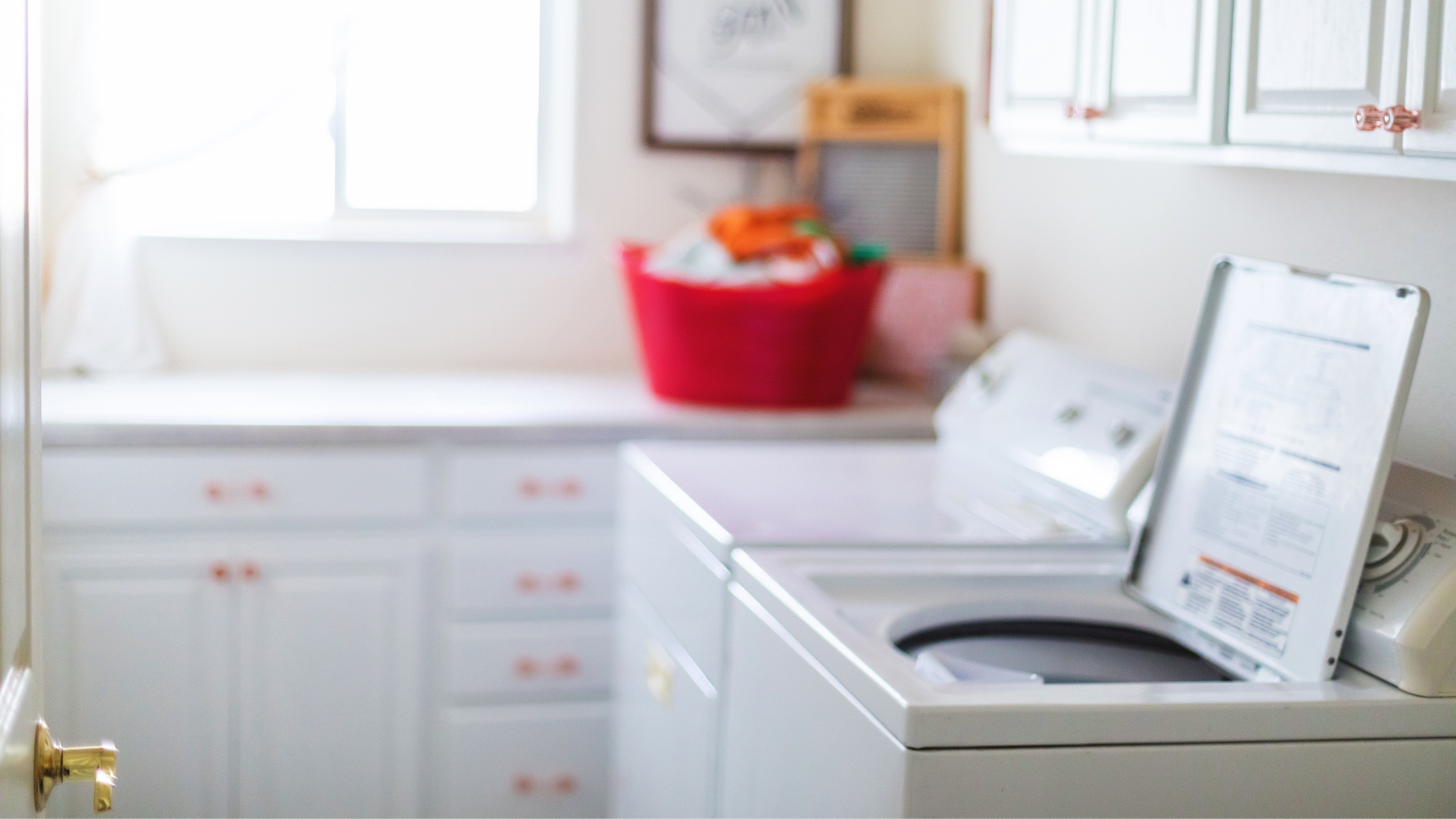 How to clean a top-loading washing machine in four easy steps
How to clean a top-loading washing machine in four easy stepsCleaning The easiest steps and best products to clean a top-loading washing machine
By Punteha van Terheyden Published
-
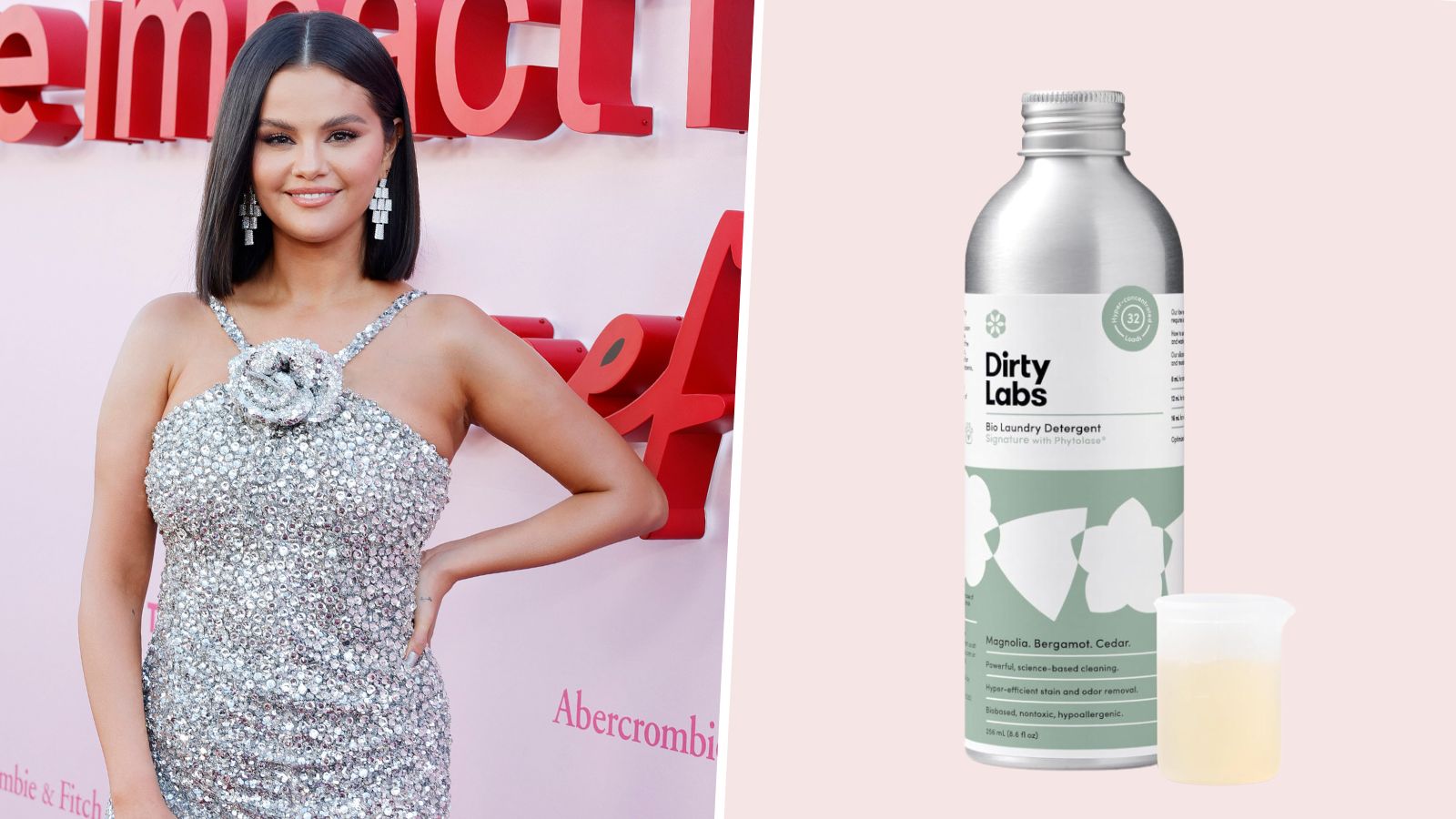 This Dirty Labs laundry detergent smells like Selena Gomez's favorite Le Labo fragrance — make your home smell expensive for just $15.20
This Dirty Labs laundry detergent smells like Selena Gomez's favorite Le Labo fragrance — make your home smell expensive for just $15.20Dirty Labs laundry detergent offers a woody, cozy aroma similar to Le Labo. Plus, it's an eco-friendly detergent
By Danielle Valente Published
-
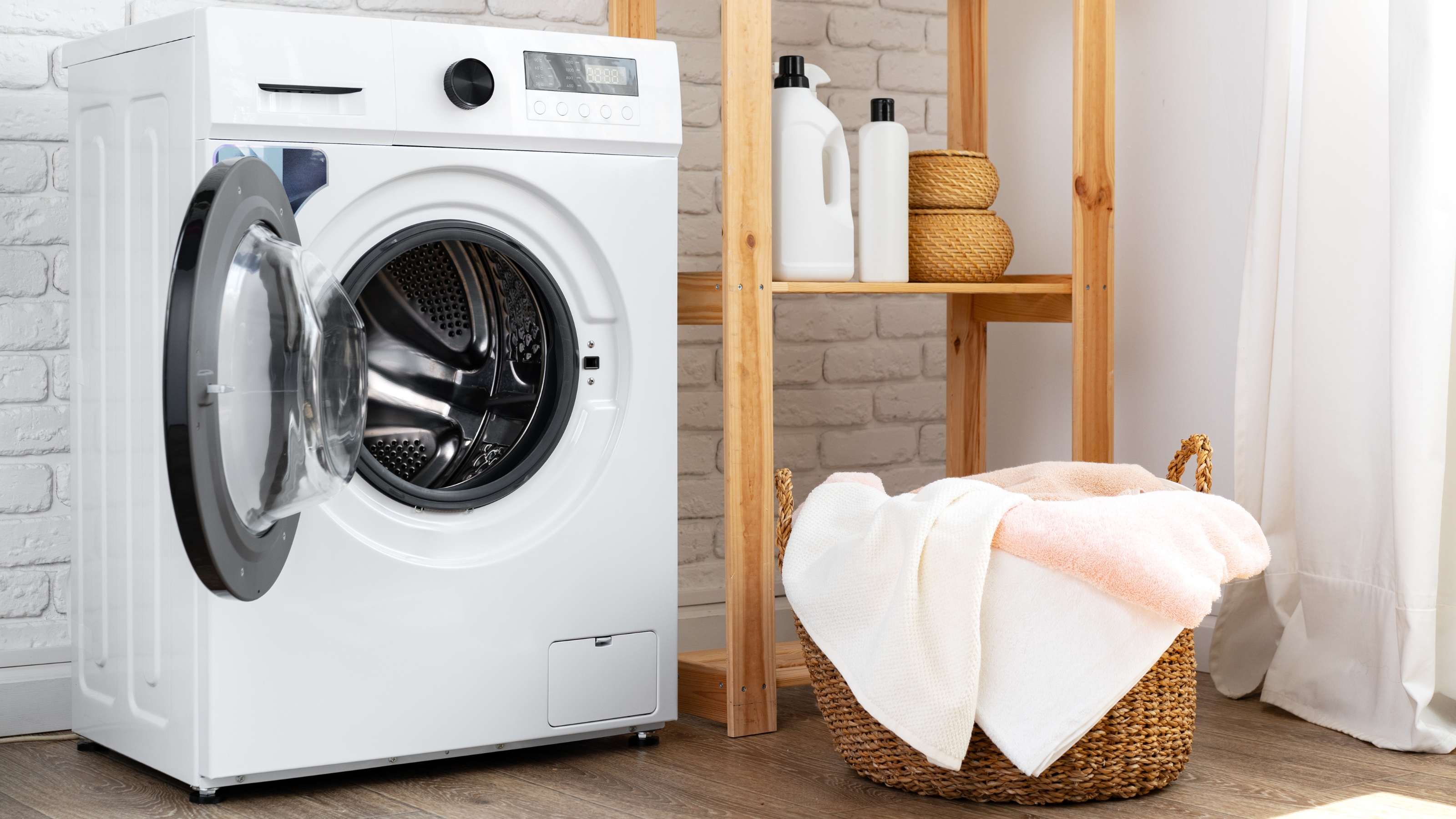 Can you wash dry clean only clothes in your washing machine?
Can you wash dry clean only clothes in your washing machine?If you're in a pinch, you may be wondering if you can wash dry clean only clothes in your washing machine. See what our experts have to say.
By Aida M. Toro Published
-
 9 common laundry myths you didn't know were false
9 common laundry myths you didn't know were falseFrom tough stains to figuring out which cleaning items to purchase, here's a guide to ending the myths that plague one of our fave household chores.
By Kate Santos Published
-
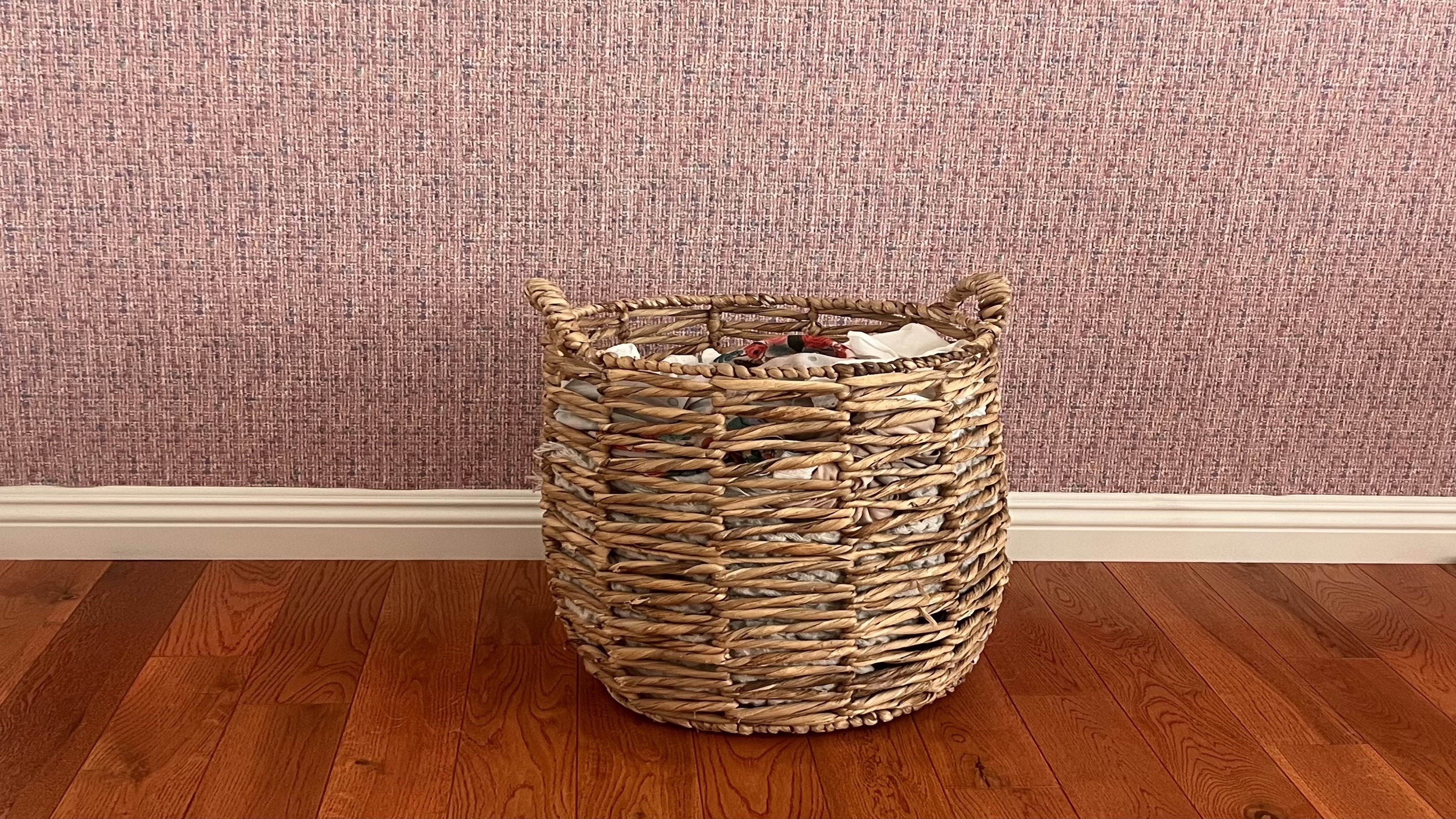 SOS: Can you wash wool in the washing machine?
SOS: Can you wash wool in the washing machine?Wondering if you can wash wool in the washing machine? See our expert advice for keeping your garments like blankets and sweaters, safe and sound.
By Amanda Lauren Published
-
 How to make your laundry smell good without dryer sheets
How to make your laundry smell good without dryer sheetsHere's how to make laundry smell good without dryer sheets. If you have sensitive skin or are looking for a different way to make your laundry smell fresher, these tips and ideas are perfect.
By Beth Mahoney Published
-
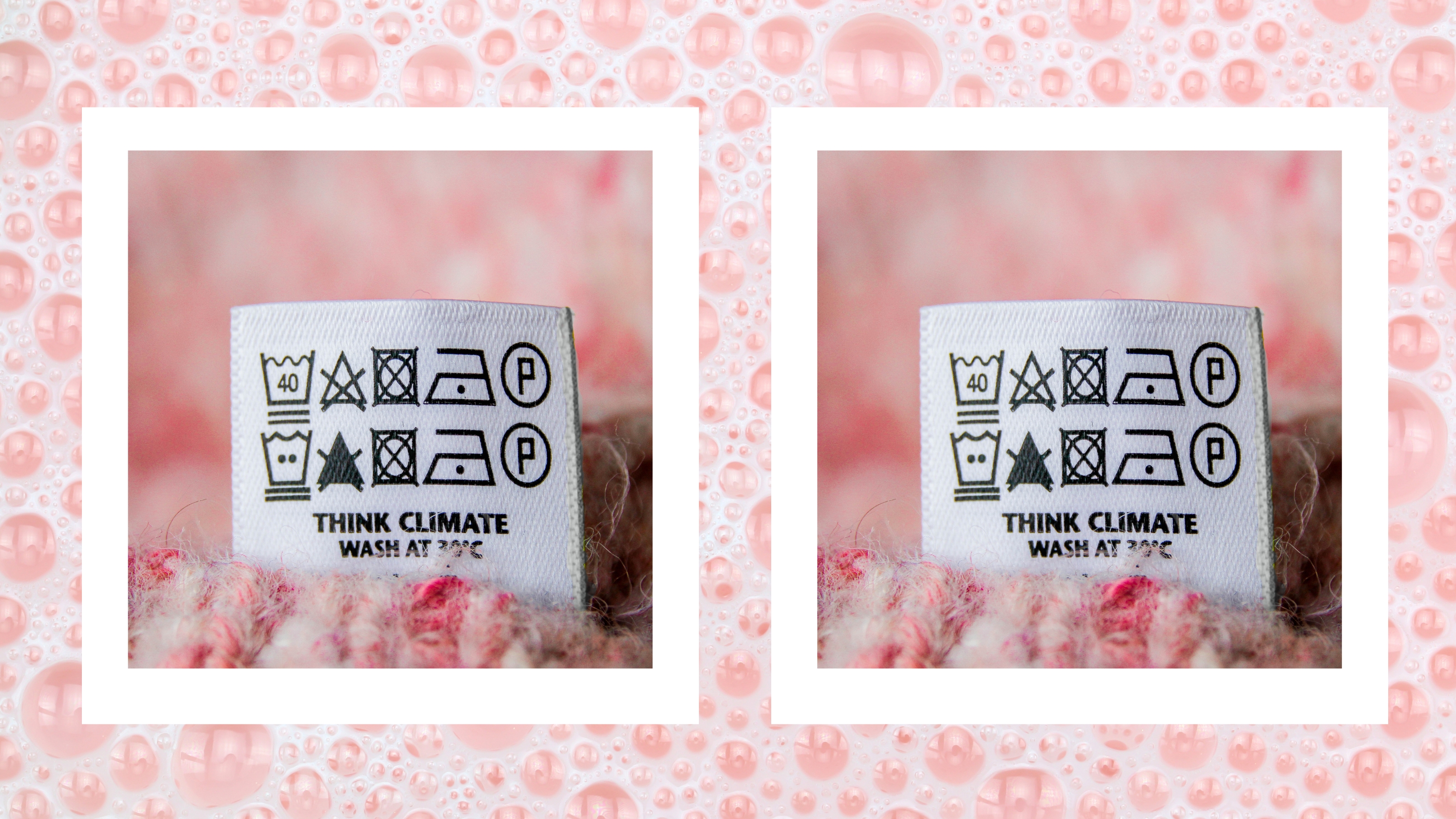 5 ways to save money on laundry without ruining your cute clothes
5 ways to save money on laundry without ruining your cute clothesLooking to cut your washing costs? Here's how to save money on laundry without wrecking your clothes!
By Beth Mahoney Published
-
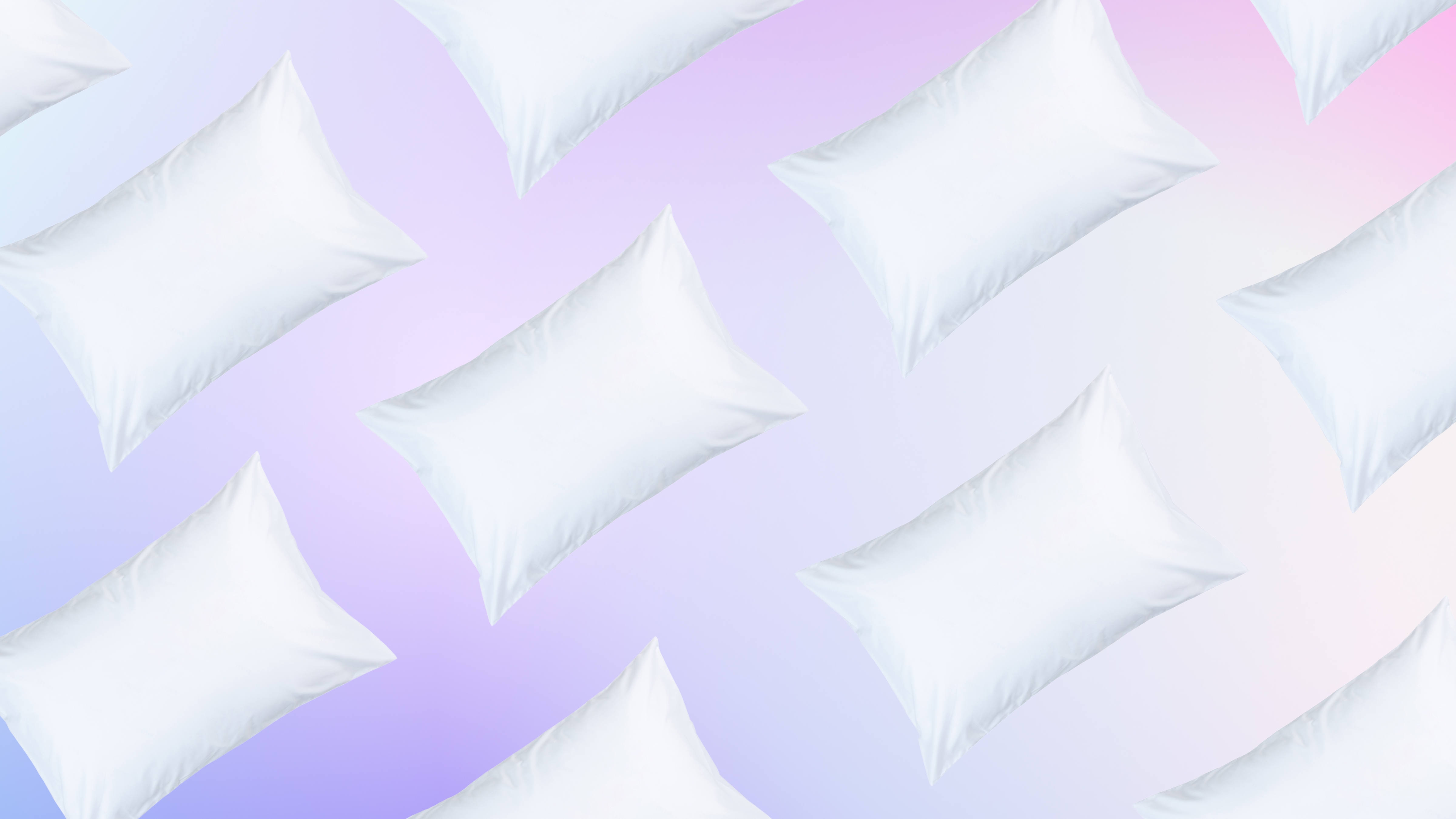 Hold up — this is how often you should be cleaning your pillows
Hold up — this is how often you should be cleaning your pillowsWondering how often you should be washing your pillows? See our top hygiene tips and expert advice for keeping your bedroom fresh and clean.
By Georgia Lockstone Published